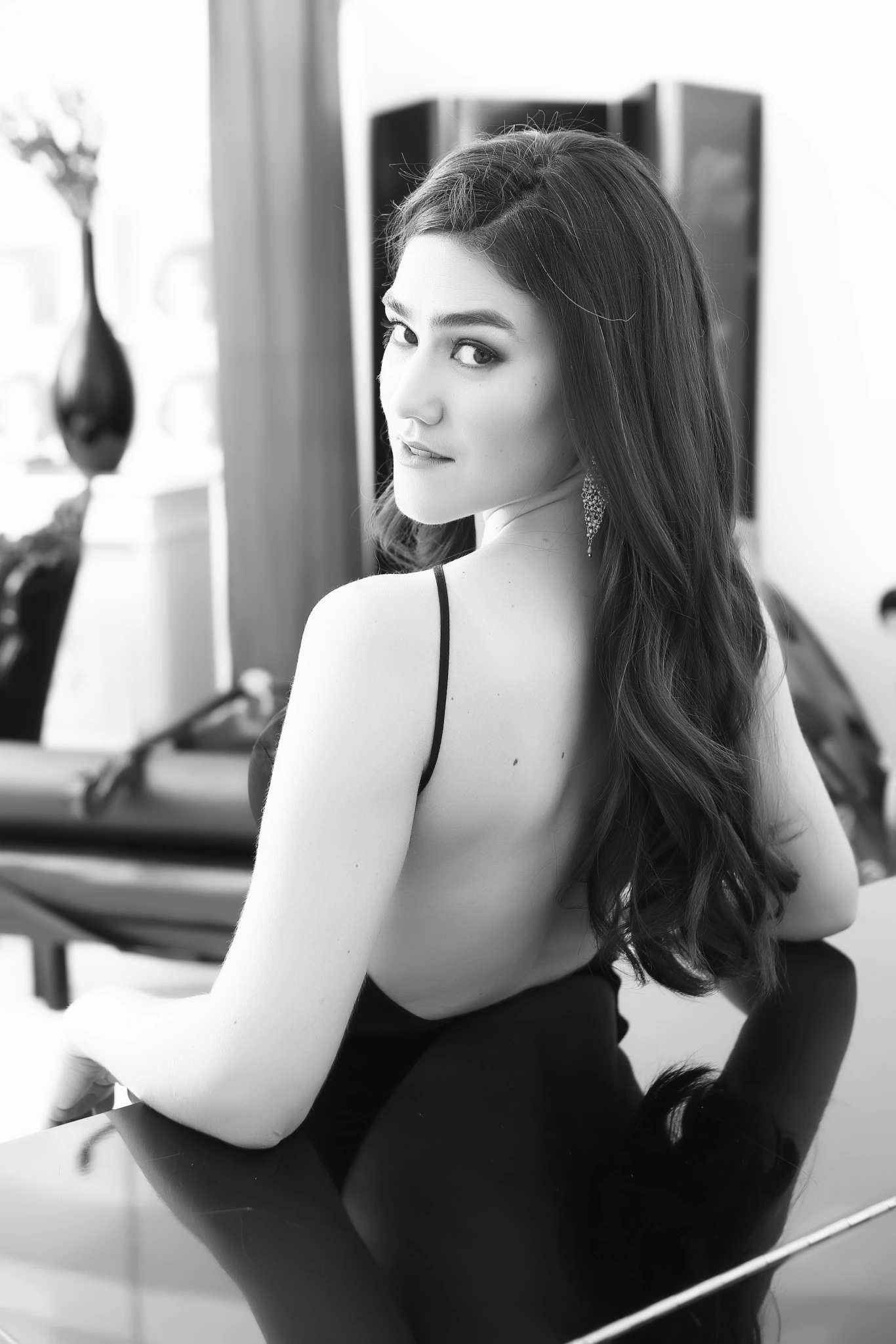Summer Concert 2024
22nd June 2024 at 7:30pm
St Mary’s Church, Osterley Road, Isleworth. TW7 4PW
Delius: 2 Pieces for Small Orchestra
Elgar: Cello Concerto
Soloist: Daryl Giuliano
Dvorak: Symphony No. 8
Generously supported by The Delius Society
A Delightful Dive into Delius: Exploring Two Pieces for Small Orchestra
In the vast landscape of classical music, the works of Frederick Delius stand as lush, verdant oases, inviting listeners on a journey of serene beauty and profound emotion. Within his repertoire, two pieces for small orchestra shimmer like gems, each offering a glimpse into Delius’s unique musical world.
“On Hearing the First Cuckoo in Spring”
As the frost of winter yields to the gentle warmth of spring, Delius captures the essence of this seasonal transition in “On Hearing the First Cuckoo in Spring.” The delicate chirping of the cuckoo, heralding the arrival of a new season, is echoed in the tender melodies of the orchestra.
Strings flutter like birds in flight, their melodies intertwining with the woodwinds’ gentle sighs. The music swells and recedes like the ebb and flow of the natural world, evoking a sense of wonder and renewal. In this piece, Delius invites us to pause, to listen, and to revel in the simple beauty of nature’s awakening.
“Summer Evening”
As the sun dips below the horizon and twilight casts its enchanting spell, Delius paints a vivid sonic portrait of a tranquil “Summer Evening.” The air is alive with the hum of insects and the rustle of leaves, as the orchestra weaves a tapestry of shimmering colors and textures.
Soft strings evoke the gentle rustle of foliage in the evening breeze, while muted brass add a touch of warmth to the twilight atmosphere. Through delicate harmonies and lush orchestrations, Delius captures the hazy, dreamlike quality of a summer evening, inviting listeners to immerse themselves in its serene beauty.
Elgar's Cello Concerto: A Poignant Journey of Passion and Resilience
Sir Edward Elgar’s Cello Concerto stands as a towering monument in the repertoire of classical music—a work of profound emotion and exquisite beauty that continues to captivate audiences with its depth and intensity. Written in the aftermath of the First World War, the concerto is a poignant reflection of Elgar’s own inner turmoil and the collective anguish of a world torn apart by conflict.
The Journey Begins:
From the first haunting notes of the solo cello, the concerto draws listeners into its intimate and introspective world. Elgar’s music unfolds with a sense of urgency and longing, as if searching for solace amidst the chaos of a shattered world. The cello, with its rich and expressive voice, becomes a vessel for the composer’s deepest thoughts and emotions—a symbol of resilience in the face of adversity.
Themes of Melancholy and Hope:
Throughout the concerto, Elgar weaves a tapestry of contrasting emotions, from moments of profound melancholy to glimmers of hope and redemption. The soloist navigates a musical landscape fraught with tension and uncertainty, their virtuosic playing conveying both the fragility and the strength of the human spirit.
In the second movement, a tender and lyrical Adagio, Elgar pours out his heart with an achingly beautiful melody that speaks of loss and longing. The music ebbs and flows with aching poignancy, each note a testament to the composer’s profound sense of empathy and compassion.
The Triumph of the Human Spirit:
But amidst the darkness, there is also light. In the triumphant finale, Elgar unleashes a torrent of energy and passion, as the cello soars to ever greater heights of virtuosity and expression. Here, in the fiery intensity of the music, we find hope renewed—a testament to the indomitable power of the human spirit to rise above adversity and find strength in the face of despair.
As the final notes fade into the ether, we are left with a sense of awe and wonder—a reminder of the transcendent power of music to touch our souls and unite us in our shared humanity.
Conclusion:
In Elgar’s Cello Concerto, we find not only a masterpiece of musical expression but also a profound meditation on the human condition. Through its sweeping melodies and impassioned harmonies, the concerto speaks to the resilience of the human spirit in the face of suffering and the enduring power of art to heal and inspire.
As we listen, we are reminded that even in our darkest moments, there is always hope—and that through the transformative power of music, we can find solace, strength, and ultimately, redemption.
Our Soloist
Canadian cellist Daryl Giuliano performs internationally as a soloist and chamber musician. She is known for her expressive playing through which she embodies the music. Daryl specialises in romantic and modern repertoire and has worked with many contemporary composers. She also enjoys improvising as part of her performance. Daryl searches to find ways to bring colour and energy to her work through inspiration and collaboration with literature and visual art.
Daryl is a founding member of several chamber ensembles, including her duo with pianist Julia Mametyeva, with whom she transcribed and recorded Rachmaninoff’s Op. 38, 6 poems for voice and piano. She also performs with accordionist Iñigo Mikeleiz and as a member of Celia Quartet.
Daryl has had the pleasure to work in masterclasses with Alain Meunier, Ilmari Hopkins, Xenia Jankovic, Peter Nagy, Sandro Meo, Adrian Brendel, Maria Kliegel, Anssi Karttunen, Robert Cohen, Colin Carr, Mihai Tetel, Michel Strauss, Valérie Aimard, Andres Diaz, Jeffrey Solow, Astrid Schween, and Manuel Fischer-Dieskau.
She began her studies at the piano before starting cello at the age of twelve with Glenn Fischbach in the United States. In 2005, Daryl won the Armstrong Atlantic Youth Orchestra’s Concerto Competition and performed as soloist with them the following spring. Since that time, she has also appeared as soloist with the Amici Symphony Orchestra and the Orchestre du Conservatoire de Bourg-la-Reine/Sceaux.
Her passion for music brought her to Paris, France to study with Étienne Cardoze and then to London where she received her Master of Music degree in the studio of Felix Schmidt at the Royal Academy of Music. She plays an unknown German cello from 1890.

Dvořák's Symphony No. 8: A Bohemian Tapestry of Joy and Folk Inspiration
Antonín Dvořák’s Symphony No. 8 in G major stands as a vibrant testament to the composer’s deep connection to his native Bohemian roots. Written in the summer of 1889, during a particularly idyllic period of his life, this symphony radiates with a sense of joy, warmth, and folk-inspired melodies that capture the essence of the Czech countryside.
A Symphony of the Heartland:
From the very first bars of the opening Allegro con brio, Dvořák transports listeners to the rolling hills and sun-drenched meadows of Bohemia. The music brims with vitality and energy, as if echoing the joyful exuberance of a village celebration. Bright brass fanfares and buoyant strings dance together in an exultant display of orchestral color, painting a vivid sonic portrait of rural life in Dvořák’s homeland.
A Lyrical Interlude:
In the second movement, Dvořák turns introspective, offering a tender Adagio that serves as a serene counterpoint to the exuberance of the opening movement. Here, the composer showcases his gift for lyrical melody, spinning out a hauntingly beautiful theme that unfolds with grace and elegance. As the music builds to a heartfelt climax, we are reminded of Dvořák’s ability to imbue even the simplest of melodies with profound emotional depth.
Bohemian Dance and Folklore:
But it is in the third movement that Dvořák’s Bohemian spirit truly comes to life. With its lively tempo and spirited rhythms, the Allegretto grazioso captures the infectious energy of Czech folk dances. The music whirls and twirls like dancers at a village festival, with each section of the orchestra taking turns to showcase their virtuosity and flair. Here, Dvořák pays homage to the rich musical traditions of his homeland, infusing his symphony with the unmistakable rhythms and melodies of Bohemian folklore.
A Majestic Finale:
The symphony reaches its glorious conclusion in the rousing Finale. With its majestic brass fanfares and triumphant themes, Dvořák brings the work to a resplendent close, leaving listeners uplifted and exhilarated. In these final moments, we are reminded of the enduring power of music to transcend borders and unite us in a shared celebration of life and art.
In Symphony No. 8, Dvořák invites us to embark on a journey through the heartland of Bohemia—a land of rolling hills, lush meadows, and timeless folk traditions. Through his masterful orchestration and boundless melodic invention, the composer paints a vivid musical portrait of his homeland, capturing the spirit of a people and a place with unmatched warmth and affection.
As we listen, we are transported to a world of beauty, joy, and boundless inspiration—a world that Dvořák himself knew and loved, and that continues to resonate with audiences around the globe to this day.
